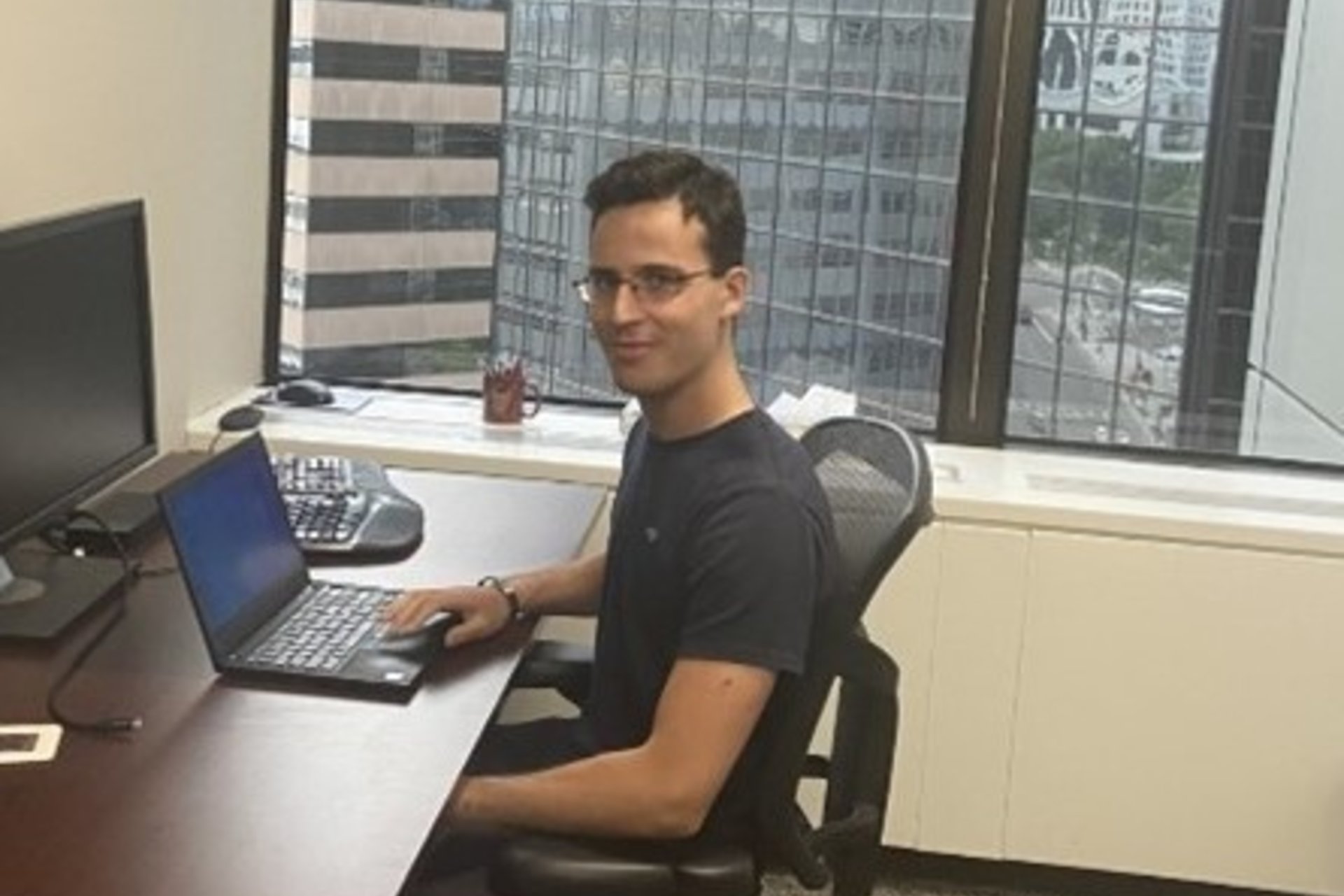Planning the Future of Fossil Gas in a Carbon Neutral California
Kapil Dheeriya ’25, Physics, Public Policy
Undergraduate Fellow, Office of Chair David Hochschild
California Energy Commission

I’m stoked to be spending my summer working at the California Energy Commission (CEC) in the Office of Chair David Hochschild. As the state’s primary energy planning and policy agency, the CEC has a legacy of establishing California as a national and global leader in energy policy – it even created the world’s first appliance efficiency standards in 1973! Besides setting efficiency standards for appliances and buildings, the CEC performs forecasts, produces policy recommendations, administers hundreds of millions in R&D funding, advances clean transportation, permits power plants, implements renewables, and more.
Needless to say, the five commissioners and hundreds of staff who support the agency’s mission are constantly busy. And as a fellow in Chair Hochschild’s office, I’ve gotten a unique peek into the plethora of policy areas staff engage with, ranging from energy equity and lithium extraction in the Salton Sea to offshore wind in Humboldt and hydrogen infrastructure development. A common theme in these CEC efforts is support for California’s ambitious climate goals: 100% clean electricity and a carbon neutral economy by 2045. Despite these net zero goals, natural gas (aka fossil gas) is still the largest source of energy in California, supplying residential, industrial, and electricity generation end uses. As such, the CEC and PUC are now engaged in proceedings to plan for the decarbonization of the current fossil gas system while maintaining safety, reliability, affordability, and equity. Under the direction of the Chair’s policy advisor Terra Weeks in close collaboration with Vice Chair Gunda who is supporting interagency collaboration, I’ve been conducting literature reviews of reports and proceedings from the CEC, CPUC, CARB, and other stakeholders related to the future of California’s gas system. In my work, I’ve learned not just about how the CEC functions, but also how agencies overcome jurisdictional barriers to collaborate.

Without robust policy for gas system decarbonization, rates will explode, and reliability will suffer in what many colorfully call the “death spiral” of the gas system. The exponential growth in rates is rooted in the inevitable falling demand for fossil gas that comes with electrification that creates a feedback loop. These astronomical rates would hit low-income Californians who cannot afford to electrify the hardest, which is why this work is so important.
My typical day starts with a brief walk to the brand-new California Natural Resources Agency building located in downtown Sacramento where the CEC is headquartered. The state-of-the-art and nearly empty office (most staff work remotely) provides a nice quiet work environment. Sometimes I’ll grab lunch with coworkers at La Bou Bakery, a favorite among California public servants. After work, I hit the new gym in the CNRA building and head home. I’m excited to explore Sacramento and see what it has to offer!



